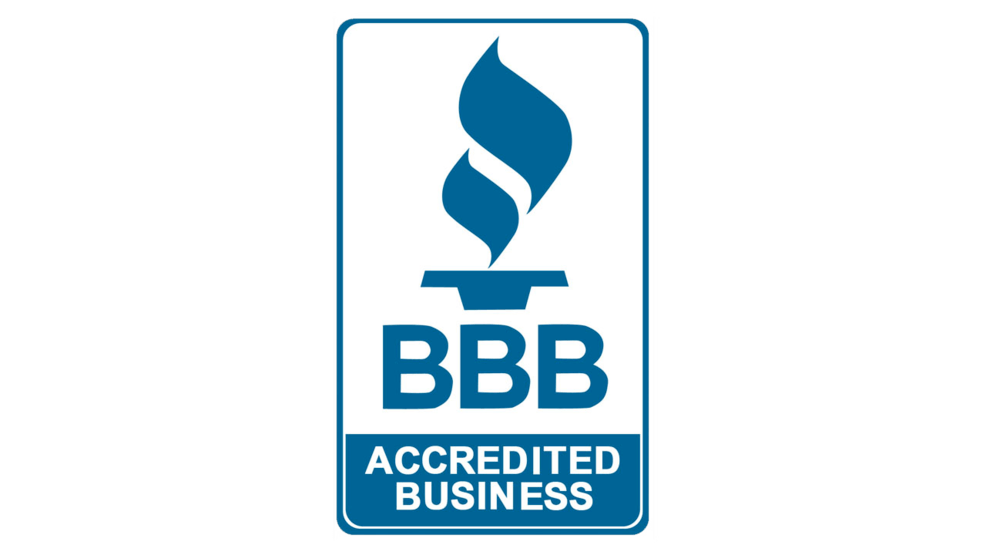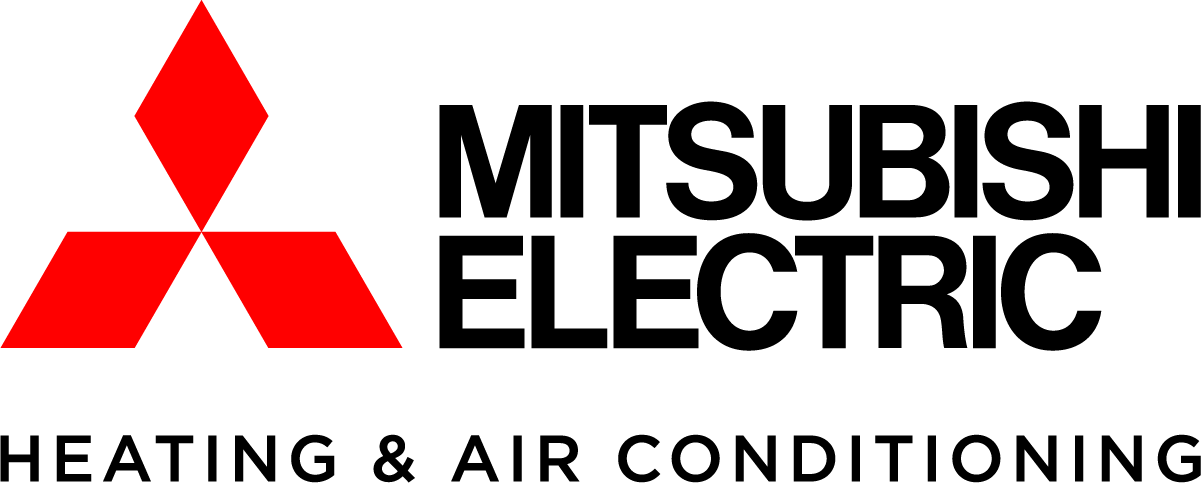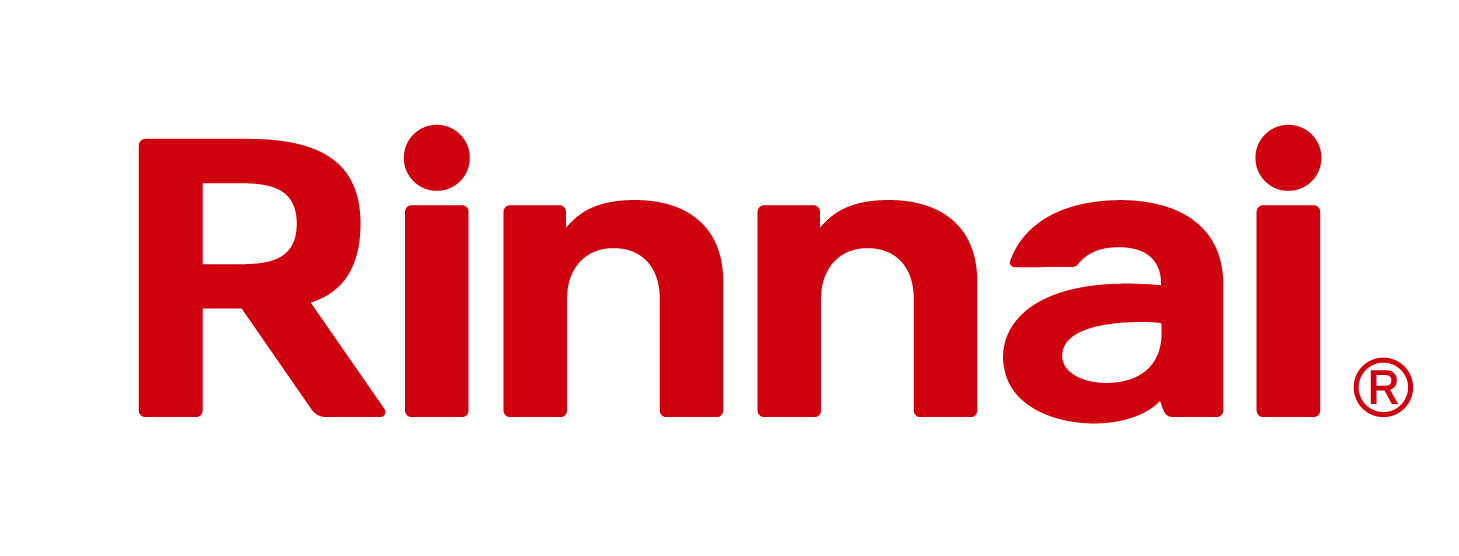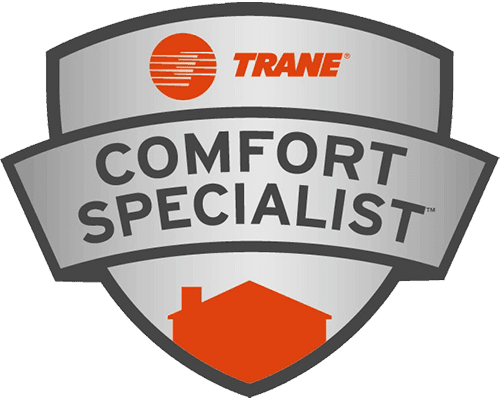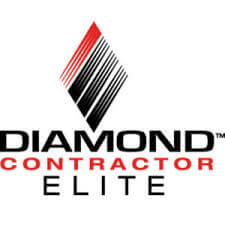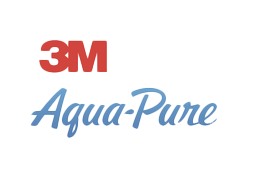Sump Pump Installation in Waltham, MA
Living in Waltham means dealing with New England’s unpredictable weather patterns, from heavy spring rains to winter thaws that can overwhelm your home’s foundation drainage system. A properly installed sump pump serves as your first line of defense against basement flooding and water damage. At Papalia Home Services, we’ve been protecting Massachusetts homes since our founding in July 1990, and we understand the unique challenges that Waltham properties face when it comes to moisture management.
The combination of clay-rich soil common in Middlesex County and the area’s high water table makes professional sump pump installation essential for many homeowners. Whether you’re dealing with an existing water problem or taking preventive measures, our team provides comprehensive solutions tailored to your property’s specific needs. We offer free estimates on heating and cooling installations, and our expertise extends to complete home system integration, ensuring your sump pump works harmoniously with your home’s overall infrastructure.
Understanding Sump Pump Systems and Their Importance
A sump pump system consists of several critical components working together to keep your basement dry. The sump pit, typically installed at the lowest point of your basement floor, collects water through a drainage system or natural water table infiltration. The pump itself, either pedestal or submersible type, activates when water reaches a predetermined level, removing water through a discharge pipe that directs it away from your foundation.
Modern sump pumps incorporate advanced features like battery backup systems, water level alarms, and smart monitoring capabilities. These technological improvements have transformed basic water removal into sophisticated moisture management systems. As specialists who work seven days a week, we’ve installed hundreds of these systems throughout Waltham and understand how local conditions affect pump selection and installation requirements. The investment in a quality sump pump system typically pays for itself by preventing a single flooding incident, which can cause thousands of dollars in damage to flooring, drywall, stored items, and potentially your home’s HVAC equipment.
The Installation Process: What to Expect
Professional sump pump installation begins with a thorough assessment of your basement’s layout, water table depth, and existing drainage patterns. Our technicians evaluate factors including basement size, foundation type, soil composition, and historical water intrusion points. This comprehensive evaluation determines the optimal location for the sump pit and the appropriate pump capacity for your specific situation.
The actual installation involves several precise steps that require professional expertise and specialized equipment. First, we excavate the sump pit location, ensuring proper depth and diameter to accommodate the pump and allow adequate water collection. The pit liner installation follows, with careful attention to proper sealing and positioning. We then install the pump unit, whether pedestal or submersible, ensuring correct float switch adjustment and secure mounting. The discharge piping system requires careful routing to prevent freezing in winter months and includes check valve installation to prevent water backflow. Finally, we complete electrical connections according to code requirements and test the entire system under various conditions.
Types of Sump Pumps and Selection Criteria
Choosing the right sump pump involves understanding the advantages and limitations of different pump types. Submersible pumps, installed directly in the sump pit, operate more quietly and handle debris better than pedestal models. Their sealed motor design allows them to run cooler and typically last longer under heavy use. Pedestal pumps, with motors mounted above the pit, offer easier maintenance access and generally cost less initially, though they operate with more noise and may not handle high-volume situations as effectively.
- Primary pump selection factors: Consider your basement’s typical water volume, the height water must be pumped (vertical lift), and the distance to the discharge point
- Backup system options: Battery-powered backup pumps provide protection during power outages, while water-powered backup systems use municipal water pressure for operation
- Pump capacity requirements: Measured in gallons per hour (GPH), residential pumps typically range from 2,000 to 10,000 GPH depending on application needs
Integration with Home Systems
Modern sump pump installations often integrate with other home systems for enhanced functionality and protection. Smart home integration allows remote monitoring and alerts, providing peace of mind when you’re away from home. Connection to home security systems can trigger immediate notifications of pump activation or failure. Some installations incorporate humidity control features that work with your home’s HVAC system to maintain optimal basement conditions year-round.
As a Trane Comfort Specialist and Diamond Elite contractor, we understand how moisture control affects your entire home comfort system. Excess basement humidity can strain air conditioning systems and create uncomfortable living conditions throughout your home. Proper sump pump installation, combined with appropriate dehumidification strategies, creates a comprehensive moisture management approach. Our ACCA (Air Conditioning Contractors of America) certification ensures we follow industry best practices for system integration and performance optimization.
Maintenance Requirements and Long-term Performance
Regular maintenance extends sump pump life and ensures reliable operation when you need it most. Annual professional inspections include testing pump operation, checking float switch function, cleaning inlet screens, and verifying check valve operation. We recommend testing your pump monthly during dry periods by pouring water into the pit to trigger operation. This simple test can identify problems before they result in flooding during actual rain events.
Battery backup systems require particular attention, with battery testing and replacement typically needed every two to three years. Discharge line inspection prevents blockages from debris or ice formation. Our NSS (Navien Service Specialist) certification demonstrates our commitment to professional service standards across all home systems. We document all maintenance activities and provide detailed reports outlining any recommended repairs or improvements to maintain optimal system performance.
Local Considerations for Waltham Properties
Waltham’s location along the Charles River and its numerous brooks and wetlands creates unique drainage challenges for many properties. Historical development patterns mean older homes may lack proper foundation drainage systems, making sump pump installation even more critical. Local building codes require specific installation standards, including proper electrical connections and discharge line routing that prevents water from flowing onto neighboring properties or public ways.
The area’s freeze-thaw cycles demand special attention to discharge line installation to prevent ice blockages. We install discharge lines with appropriate slope and insulation, often incorporating specialized fittings that allow water drainage even if ice forms. Understanding these local factors ensures your sump pump system performs reliably throughout the year, protecting your investment regardless of weather conditions. Our extensive experience serving Waltham, along with surrounding communities like Lexington, Concord, and other Greater Boston areas, provides invaluable insight into creating effective, long-lasting water management solutions tailored to regional conditions and requirements.
